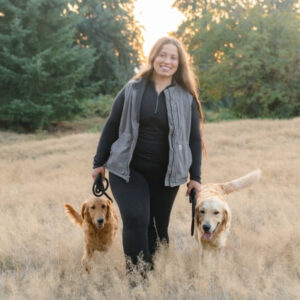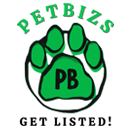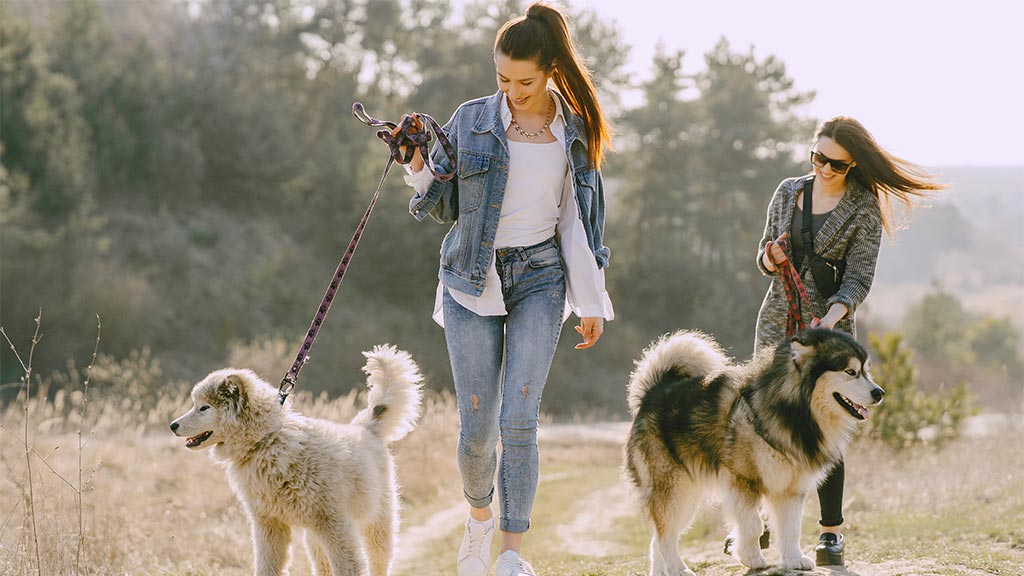Excited to bring a new dog home? But… at the same time, reluctant? Definitely, you don’t know how to introduce a new dog to your existing pets. Also, you don’t wish to turn your excitement into stress.
Don’t worry; we understand this mixed feeling and bizarre situation. Having read this article, you would have learned how to introduce a new dog to your existing pets. Why? Because this article has 4 top tips from animal behaviorists, trainers, and dog parents to guarantee a smooth introduction.
But First…
You need to understand that dogs are territorial, and an abrupt introduction can cause stress, tension, or even aggression. To handle the circumstances, you require patience and the right techniques.
For example, canine behavior experts recommend neutral meeting spots, controlled interactions, and gradual bonding to introduce a new dog to your existing pets. With the right approach, your pets can learn to coexist peacefully and even become lifelong friends.
Let’s read these techniques from our experts about how to introduce a new dog to your existing pets:
- Prioritize Parallel Walking in Neutral Environment
- Take Things Slow in Neutral Space
- Set Dogs Up for Success
- Make Introductions Open and Unleashed
Prioritize Parallel Walking in Neutral Environment
 As a certified canine fitness coach, my top advice on how to introduce a new dog to your existing pets is to start with parallel walking in a neutral space. This means taking the dogs on separate leashes, with a handler for each dog, and walking them side-by-side at a distance where they can sense each other but not directly interact.
As a certified canine fitness coach, my top advice on how to introduce a new dog to your existing pets is to start with parallel walking in a neutral space. This means taking the dogs on separate leashes, with a handler for each dog, and walking them side-by-side at a distance where they can sense each other but not directly interact.
This approach allows the dogs to adapt to each other’s scent and presence without feeling threatened or territorial. The key is to maintain a calm and positive atmosphere, rewarding both dogs for calm behavior and ignoring any signs of reactivity.
In my experience, trail running or hiking in a new location can be an excellent way to facilitate this parallel walking. The shared experience of exploring a new environment, combined with the physical exertion of the activity, can help create a positive association with each other’s presence.
The goal is to build a foundation of positive reinforcement and shared experiences while gradually decreasing the distance between the dogs as they grow more comfortable together. This method has proven to be highly effective for me in minimizing initial tension and promoting a harmonious multi-dog household.
Sean Prichard, President and Head Canine Fitness Coach, Pant & Wag
Take Things Slow in Neutral Space
 My go-to tip for introducing a new dog to my existing pets is to take things slow and allow them to meet in a neutral space. When I brought home my new dog, Buddy, I made sure the first introduction happened outside, away from any territories like the house or yard, where my older dog, Max, might feel more possessive. I kept both dogs on a leash to maintain control and let them sniff each other at their own pace.
My go-to tip for introducing a new dog to my existing pets is to take things slow and allow them to meet in a neutral space. When I brought home my new dog, Buddy, I made sure the first introduction happened outside, away from any territories like the house or yard, where my older dog, Max, might feel more possessive. I kept both dogs on a leash to maintain control and let them sniff each other at their own pace.
The key to success was patience. I made sure to keep the interactions short and positive at first, offering plenty of praise and treats when they were calm around each other. Over time, I gradually allowed them to spend more time together, always keeping an eye on their body language to prevent any tension.
This approach worked well for me. Max eventually accepted Buddy as part of the family, and now they’re great companions. Taking things step-by-step, allowing them to build trust, and staying calm throughout the process helped foster a smooth transition.
Nikita Sherbina, Co-Founder & CEO, AIScreen
Set Dogs Up for Success
 Bringing a new dog into the mix? Don’t just throw them together and hope for the best—set them up for success. Here’s how to do it right:
Bringing a new dog into the mix? Don’t just throw them together and hope for the best—set them up for success. Here’s how to do it right:
- Start on Neutral Ground – Dogs are territorial. The worst place to introduce a new pup is inside your home where your current dog feels like the king (or queen). Instead, take them to a quiet park, a friend’s yard, or even just the sidewalk outside your house.
- Walk First, Greet Later – Leash up both dogs and walk them side by side, but not too close at first. Let them get used to each other’s presence without the pressure of immediate interaction. After a few minutes, slowly let them close the gap.
- The Sniff Test (But on Your Terms) – Once they seem relaxed, allow short sniffing sessions—no more than five seconds at a time. If either dog gets stiff, tense, or overly pushy, calmly redirect and give them a break.
- Homecoming Rules – When bringing the new dog inside, don’t just cut them loose. Keep them on a leash and give them time to explore without barging into your other pet’s space. Keep the energy calm—no hyped-up greetings.
- Separate Food & Toys (At First) – Even the friendliest dogs can get weird about their food. Feed them separately for the first few days, and don’t leave high-value toys lying around that could trigger a fight.
- Supervise & Adjust – Let them interact in short, positive sessions before giving them free rein. If tensions rise, back up a step and give them more space. Patience and structure are key. Give them time, keep things controlled, and don’t rush the friendship. Some dogs hit it off immediately, others take a few weeks—it’s all normal.
Jonathan Wells, Trainer, BetterDog
Make Introductions Open and Unleashed
 A method that has worked well when introducing new dogs to my pets is making introductions as open as possible. Meaning I never have them meet on leash. That is a BIG NO-NO. I only have one-on-one meetings. One dog to one dog. I don’t want my dog or the new dog to feel overwhelmed or think they don’t have a place to escape to.
A method that has worked well when introducing new dogs to my pets is making introductions as open as possible. Meaning I never have them meet on leash. That is a BIG NO-NO. I only have one-on-one meetings. One dog to one dog. I don’t want my dog or the new dog to feel overwhelmed or think they don’t have a place to escape to.
Also, introductions don’t typically last long. I give the dogs a chance to smell each other and interact, and then I separate them via crates. They can still smell each other through the crates but at a comfortable distance where neither feels pressure from the other dog.
Kehla Grow, Founder, The Tempered Dog
Final Words!
That’s all for today folks! We hope you enjoy reading these expert tips on how to introduce a new dog to your existing pets. Remember, a successful introduction takes time, patience, and consistency. Every dog adjusts at its own pace, so stay positive and monitor your dog’s interactions. By using neutral spaces, controlled greetings, and gradual exposure, you create a safe and stress-free transition. Soon enough, your dogs will build trust and companionship, turning your house into a happy, multi-pet home.

